Elbow/Wrist
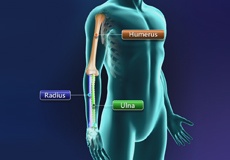
Elbow Anatomy
The elbow is a complex joint formed by the articulation of three bones –the humerus, radius and ulna. The elbow joint helps in bending or straightening of the arm to 180 degrees and assists in lifting or moving objects.
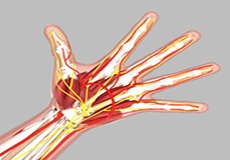
Hand & Wrist Anatomy
The human hand is made up of the wrist, palm, and fingers and consists of 27 bones, 27 joints, 34 muscles, over 100 ligaments and tendons, and many blood vessels and nerves. The hands enable us to perform many of our daily activities such as driving, writing and cooking.
Soft Tissue Injury

Golfer’s and Tennis Elbow
Golfer’s elbow, also called Medial Epicondylitis, is a painful condition occurring from repeated muscle contractions in the forearm that leads to inflammation and microtears in the tendons that attach to the medial epicondyle. The medial epicondyle is the bony prominence that is felt on the inside of the elbow.
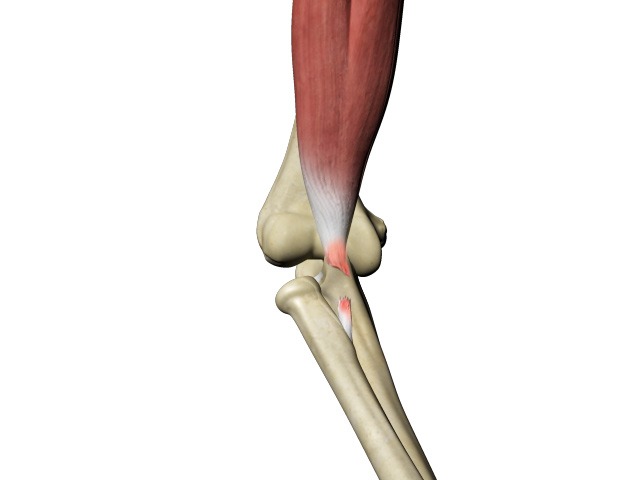
Distal Biceps Tear
The biceps muscle is located in front of your upper arm. It helps in bending your elbow as well as in rotational movements of your forearm. Also, it helps to maintain stability in the shoulder joint.

Distal Triceps Tear
The triceps is the large muscle in the back of the elbow that serves to straighten your elbow. Ruptures involving the distal triceps tendon are relatively uncommon and normally results from a sudden injury such as a fall on an outstretched hand or a direct blow to the elbow.

Throwers Elbow
The ulnar collateral ligament (UCL) is one of the main stabilizing ligaments in the elbow and is involved especially with overhead activities such as throwing and pitching. When this ligament is injured it can end a professional athletes career unless surgery is performed.

Medial Epicondyle Apophysitis
Coming soon
Wrist & Hand overuse injuries

Biceps Tendon Rupture
The biceps muscle, located in the front of the upper arm allows you to bend the elbow and rotate the arm. Biceps tendons attach the biceps muscle to the bones in the shoulder and in the elbow.
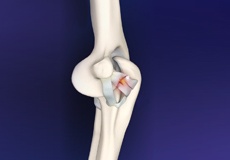
Elbow Ligament
Sprain is an injury or tear of the ligament. A ligament is a thick, tough, fibrous tissue that connects bones together. Sprains are common in ankle, spine, knee, thigh, hip, elbow, and wrist joints.

Trigger Finger
The tendons of the thumb and each of the fingers pass through a sheath on the palm side of the hand. Certain diseases and overuse activities can cause a thickening of this sheath. As the tendon passes through a thickened sheath, the tendon eventually becomes irritated and swells. Pain, catching and eventually locking of the finger will occur. Early treatment consists of anti-inflammatory medication or Cortisone injection. If these fail to provide relief, the sheath is opened surgically through a small incision at the base of the finger.
Intra-articular injuries
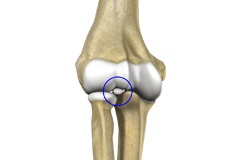
Loose Bodies
Loose bodies are small loose fragments of cartilage or a bone that float around the joint. The loose bodies can cause pain, swelling, locking and catching of the joint. Loose bodies occur if there is bleeding within the joint, death of tissueslining the joints associated with tuberculosis, osteoarthritis and rheumatoid arthritis.
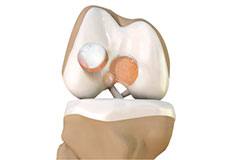
Cartilage Restoration
Articular Cartilage is the white tissue lining the end of bones where these bones connect to form joints. Cartilage acts as cushioning material and helps in smooth gliding of bones during movement. An injury to the joint may damage this cartilage which cannot repair on its own.

Degenerative Disease
The term arthritis literally means inflammation of a joint, but is generally used to describe any condition in which there is damage to the cartilage. Inflammation is the body’s natural response to injury. The warning signs that inflammation presents are redness, swelling, heat and pain.

Osteochondral Lesions
Osteochondritis dissecans is a joint condition in which a piece of cartilage, along with a thin layer of the bone separates from the end of the bone because of inadequate blood supply. The separated fragments are sometimes called “joint mice”.
Trauma
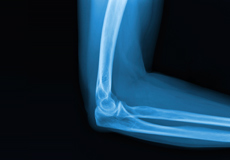
Elbow Trauma
Three bones—humerus, radius, and ulna—make up the elbow joint. The bones are held together by ligaments thus providing stability to the joint. Muscles and tendons around the bones coordinate the movements and help in performing various activities.
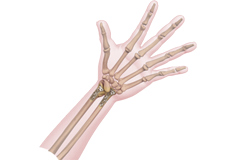
Forearm Fractures
The forearm is made up of 2 bones namely the radius and ulna. The primary function of your forearm is rotation i.e., the ability to turn your palms up and down. The fracture of the forearm affects the ability to rotate your arm, as well as bend and straighten the wrist and elbow.
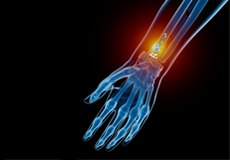
Wrist/Hand Trauma
Hand pain is characterized by distress in the joints and tissues of the hand or fingers. Hand pain can be depicted as pulsating, aching, increased warmth, prickling, irritation and inflexibility. The hand is composed of nerves, bones, blood vessels, muscles, tendons and skin.










